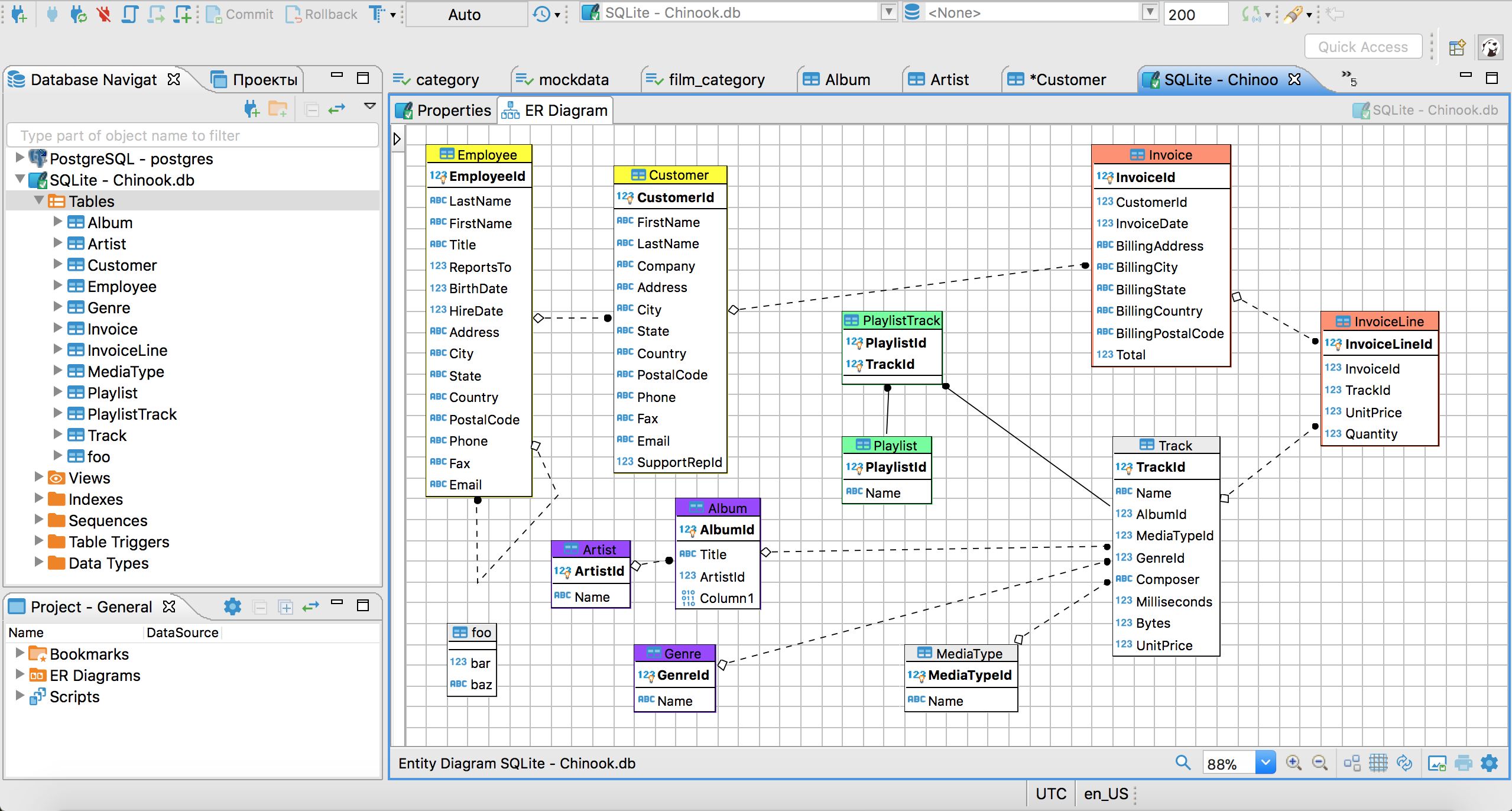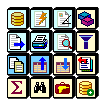
Unless we are going to reference this Id column directly in benchmark queries, everything will be okay. We declared an auto-increment column that is going to be used as a primary key in relational databases, but NoSQL databases quite often have their own built-in primary keys like _id in MongoDB or id in Cosmos DB. The second command will print a warning that auto-generated fields are not supported. To create tables in both databases we need to run the following commands: DatabaseBenchmark create -DatabaseType=Postgres -ConnectionString="Host=localhost Port=5432 Database=benchmark Username=postgres Password=postgres" -TableFilePath=SalesTable.json DatabaseBenchmark create -DatabaseType=MongoDb -ConnectionString="mongodb://localhost/benchmark" -TableFilePath=SalesTable.json But for the sake of simplicity, all commands in this article will assume local database deployment. In most real-life scenarios, the benchmark tool and a database engine must run on separate machines to take network throughput into account and avoid resource contention. I will be using two database engines to demonstrate Database Benchmark’s capabilities - PostgreSQL and MongoDB, but you can use any others supported by the tool. Since we already know the structure of our data and the queries we would like to test, it is time to build table and query definitions for the tool.īoth queries have country and date range parameters randomized: country is randomly picked from the values already existing in the Country column, while date range limits are generated based on the specified minimum, maximum, and step parameters.

Free universal database tool download#
You can download pre-built binaries for your platform from. At the same time, it allows falling back to raw queries if the abstraction doesn’t provide required query features. It is not always easy to find a quick way to import a large amount of data into the database using built-in database capabilities or third-party tools.ĭatabase Benchmark ( ) addresses these issues by introducing a data import and query abstraction mechanism with parameter randomization capabilities.

Free universal database tool how to#
Learning how to use a database engine’s client library may take significant time, especially for NoSQL databases.Randomization of query parameters requires extra coding effort.Manually written equivalent queries for different database engines may get inconsistent in their logic.Manually written queries are prone to accidental mistakes and omissions that skew benchmark results.If you go this route, eventually you will face a few issues that make the research much more difficult than it seems at first glance: Usually, such a comparison requires writing a test application that executes a few hard-coded queries against the database engines in question. When deciding what database engine to choose for your project, you need to compare how quickly different engines can handle typical queries specific to the project.


 0 kommentar(er)
0 kommentar(er)
